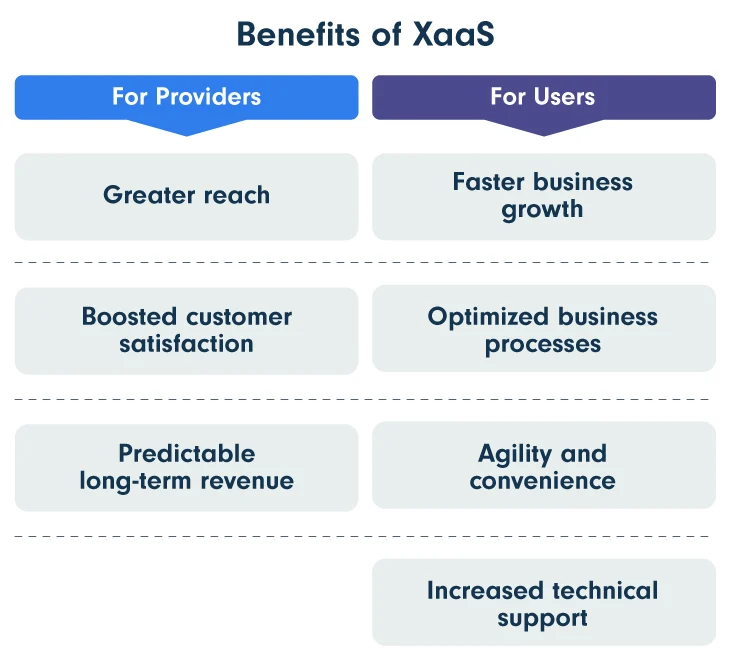What Is Xaas?
Xaas: Title X as a service is a general term describing any service that originates in the cloud. Xaas refers to various tools, products, and technologies vendors provide users based on their network service patterns.
These services are available to local users or companies via the Internet.
Examples of XaaS
XaaS has countless examples; however, in the world of cloud computing, it is divided into three main trends: software as a service (SaaS), platform as a service (PaaS), and infrastructure as a service (IaaS).
SaaS refers to a wide range of user-centric applications such as Google Apps, Microsoft Office 365, and Salesforce.
PaaS refers to Amazon Web Services (AWS) Elastic Beanstalk, Heroku, Force.com, Google App Engine, and Apache Stratos, typically pre-configured virtual machines that provide system resources for developing and testing applications. Developers put.
IaaS allows organizations to deploy and configure virtual machines hosted in a vendor data center and to manage these virtual machines remotely. Powerful IaaS services include Microsoft Azure, Google Compute Engine, and AWS Elastic Compute Cloud.
XaaS also has applications in other areas, including Storage as a Service, which uses cloud-based storage systems to store applications and data. Database as a Service provides access to a cloud-based database platform—public cloud providers such as AWS and Azure offer DBaaS services.
Cloud service models
Malware as a Service refers to using the public cloud to help organizations deal with common ransomware attacks and distributed service denial (DDoS) attacks. VMware AppDefense is one of the leading examples of MaaS.
Disaster recovery, communications, and network as a service are more practical examples of XaaS.
Advantages and disadvantages of XaaS
Organizations choose the XaaS model because it is economical and easy to deploy. Any cloud service that reduces servers, hard disks, network switches, and software deployments can eliminate unnecessary parts of the IT infrastructure.
The less in-house deployment, the less physical overhead and the less space required for equipment, cooling mechanisms, and energy.
In addition, using an outsourced service instead of in-house technology shifts a large portion of the cost of capital (Capex) to operating costs (Opex) in the business’s service.
Despite their potential benefits, XaaS services face flexibility and reliability issues. In addition, some companies tend to have more control over the environment and infrastructure to assess their services and make more detailed analyses.
In addition, if a service provider quits its job, it poses a serious challenge to its customers because third-party customers are denied access to the company’s services for some time.

